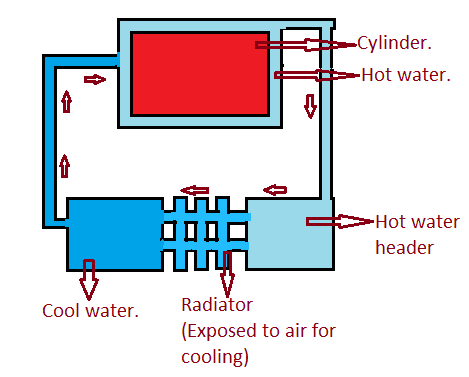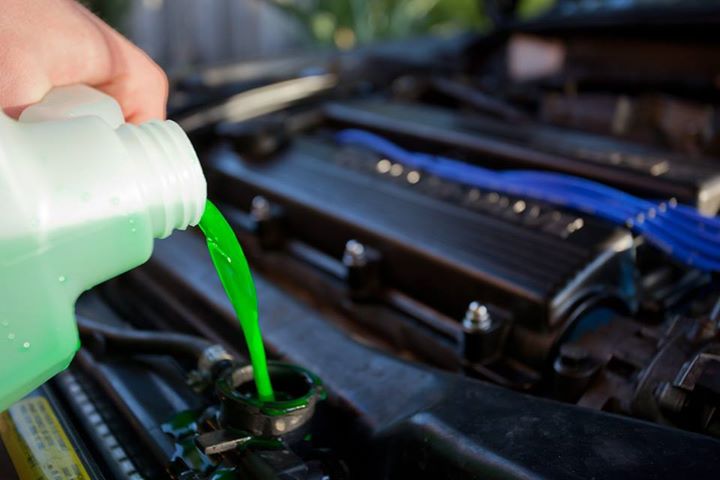Wheels and tires are an integral part of your car’s suspension system. Not only do they provide the necessary traction for movement, but they also work in tandem with other suspension components to ensure a smooth ride. Let’s take a look at how wheels and tires influence the overall function of your vehicle’s suspension system.
The Basics of Suspension Technology
Suspension technology is designed to provide a comfortable ride by absorbing shocks from bumps, potholes, and other road imperfections. The main components of the suspension system are shock absorbers, springs, stabilizer bars, ball joints, control arms, and tie rods. Together, these parts form a complex network that provides stability while driving on rough terrain. However, none of these components would be able to perform their jobs without wheels and tires.
How Wheels and Tires Affect Your Driving Experience
Wheels are responsible for transmitting power from the engine to the ground as well as providing directional control for your vehicle. They also help absorb shocks from bumps in the road by deflecting off them rather than transferring all that energy directly into your body. Tires also play an important role in maintaining traction on slippery surfaces as well as providing additional cushioning when you drive over rough terrain or potholes. In addition, tires can help absorb shock waves created by sudden changes in direction or speed so that you don’t experience too much jolting motion inside your vehicle.
Conclusion:
Overall, wheels and tires are essential parts of any vehicle’s suspension system. Not only do they provide traction for movement but they also help absorb shocks from bumps in the road to give you a smoother ride. Without wheels and tires working together with other suspension components like shock absorbers, springs, stabilizer bars, ball joints, control arms, and tie rods; your car would not be able to move effectively or safely over uneven terrain or during sudden changes in direction or speed. So it’s important to make sure that you regularly inspect your wheels and tires for signs of wear-and-tear so that they continue to perform their job correctly!


